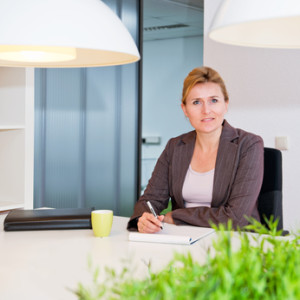 Can you find important papers when you need them?
Can you find important papers when you need them?
Can you see by looking at your desk where your most essential writing tools are?
Do you know where your keys are?
Your glasses?
Your wallet?
Your kids? (That’s a joke.)
Maybe you’ve always struggled to stay organized, or maybe you’re what I call “situationally disorganized.” Perhaps you used to have a system, used to be able to get out of the door on time, and used to be able to find your keys. But maybe something has come up in your life that has made you unable to follow the systems you once had set up, or you have too much on your plate/mind, or life just simply got away on you.
This does not mean you have failed. It just means you need a new system — one that works for wherever your life is now. Once you start to implement these strategies, I guarantee you will be able to find what you are looking for in 20 seconds or less.
Let’s start with your workspace.
Time Saver #2: Put everything from your desk in a box. Give your desk a good cleaning. Put back only the bare necessities. Your phone, your computer, your small jar of pens/pencils, your calendar or datebook — perhaps your 1to31 Organizing System.
Keep a photo or two close by of your favorite pet or person, or an image of a place you’ve traveled or would like to see someday — any image that evokes happiness, hope, joy, and freedom.
The rest of the stuff in the box can be dealt with in 15 minutes or less. Take each piece of paper out of the box and deal with it: delegate it or dump it.
Things that get delegated are things that do not require your attention. If you have things that do require you attention ( within the next 30 days — bills to pay, cards to send, deadlines to meet) then file these to do’s in your 1to31 Organizing System.
Anything else — junk mail, fliers, that thing you’ve been kinda-sorta meaning to get to for the last six months but you know you really won’t and don’t have a desire to — let them go. Recycle them. Start fresh.
Your workspace is like a table of contents: you should be able to look and find everything you need — and if it’s not immediately in front of your eyeballs, you should at least know exactly where to turn to find it. This is the structure that holds your physical work environment together.

Leave A Comment